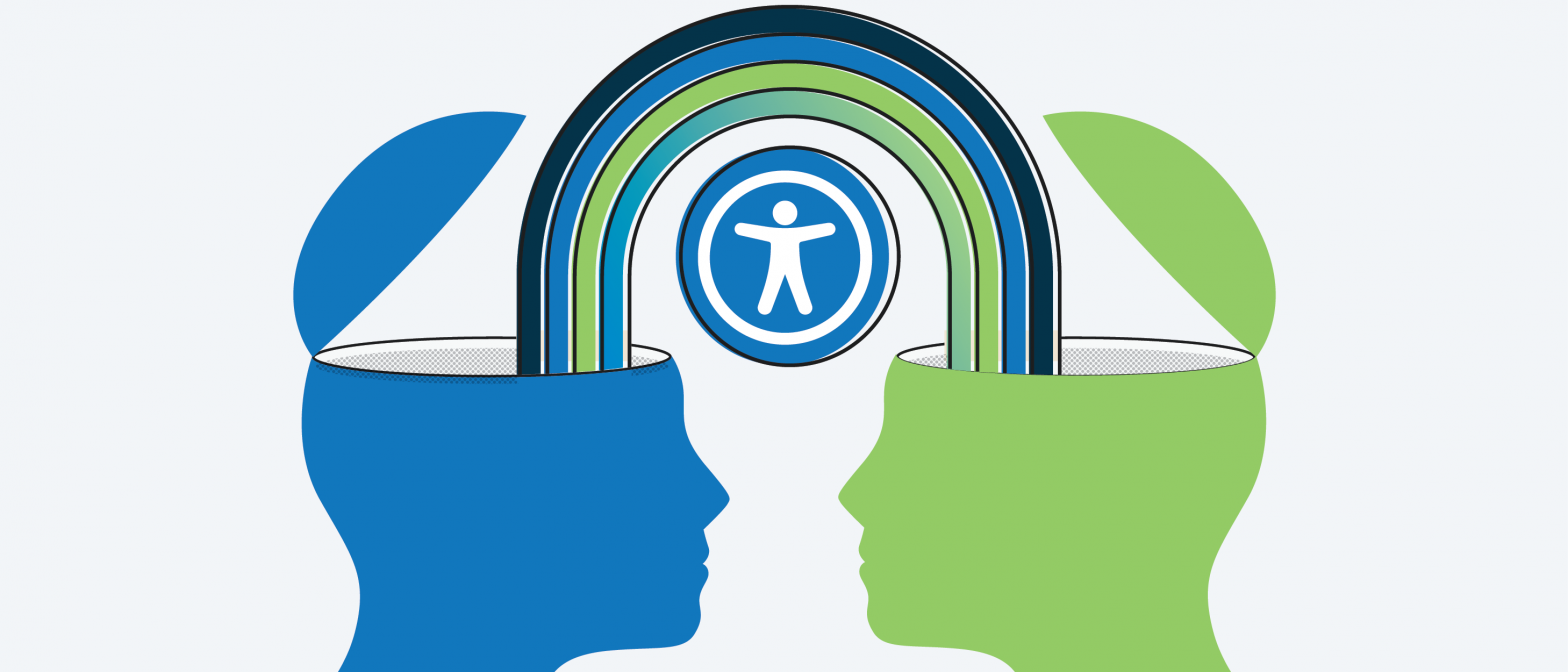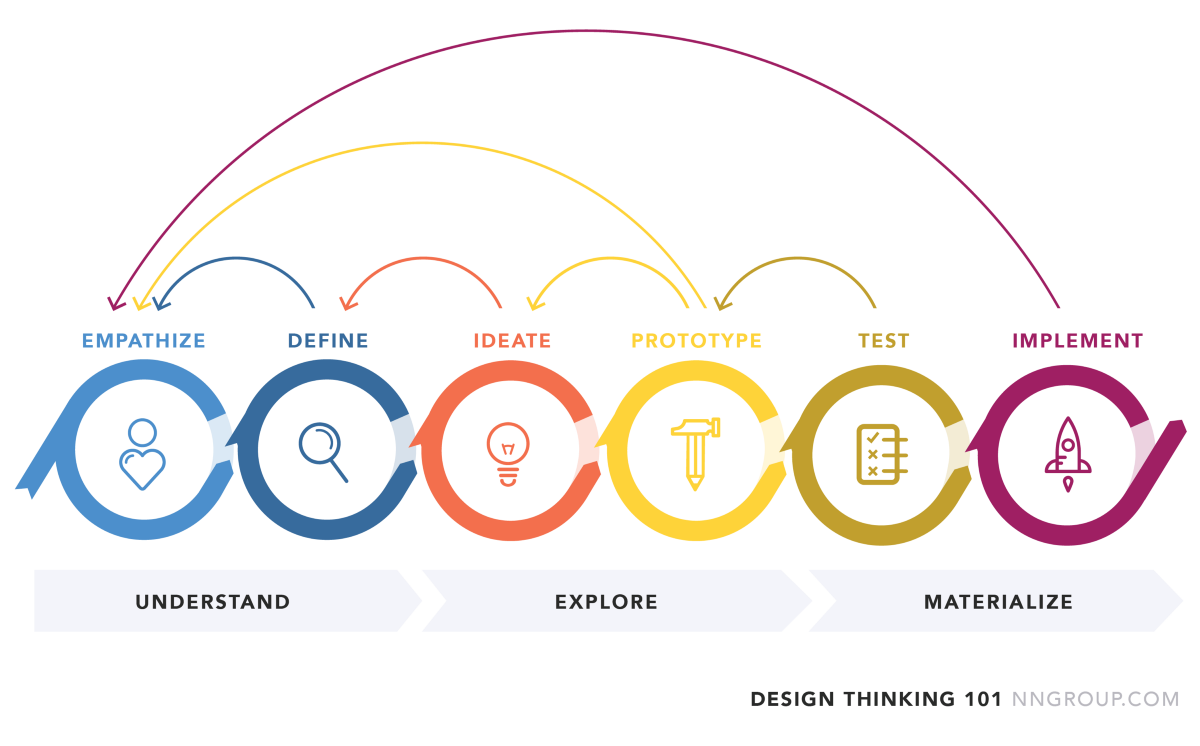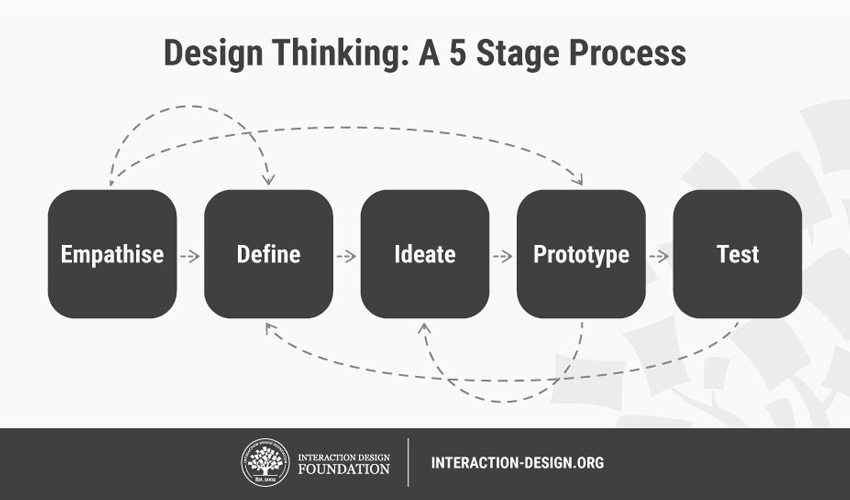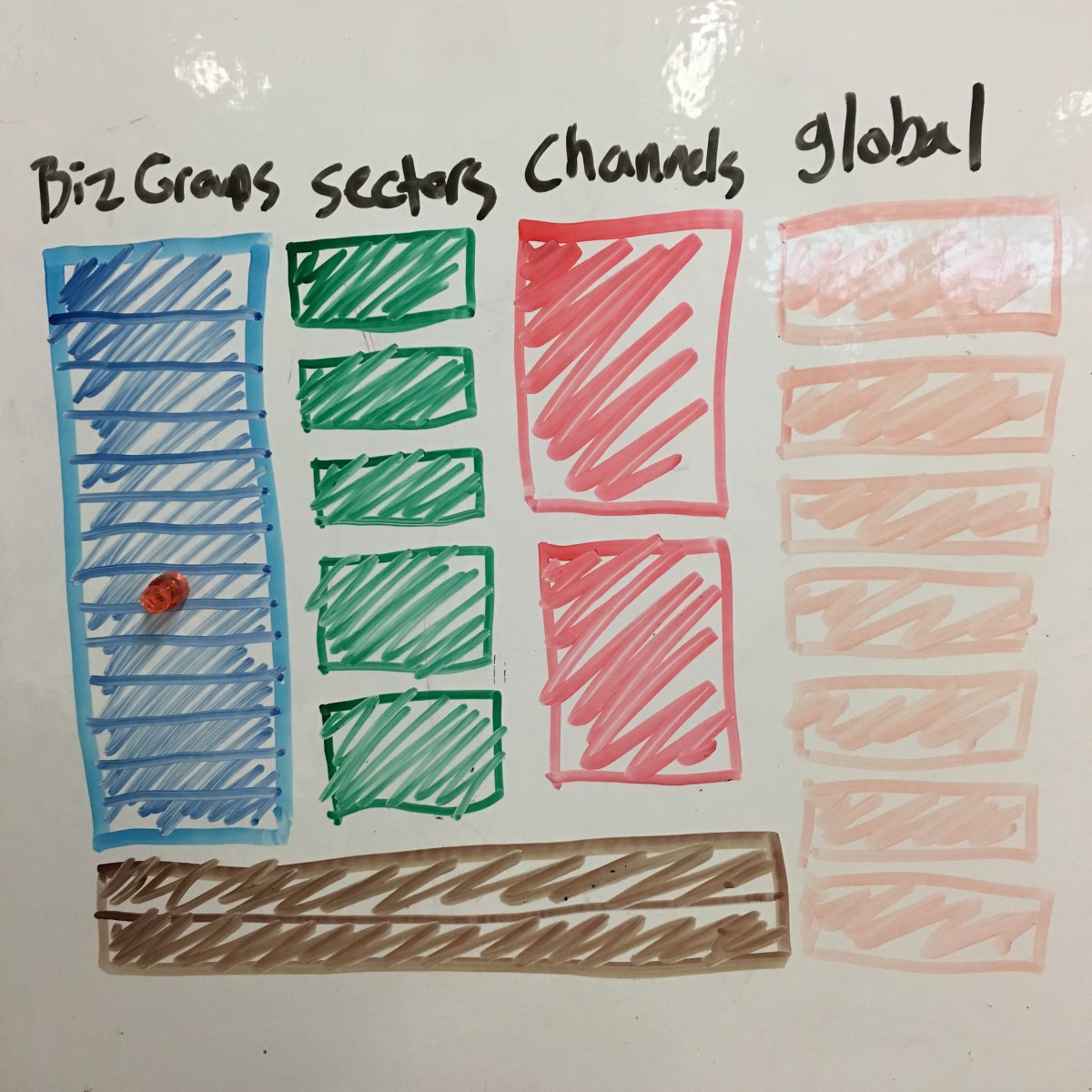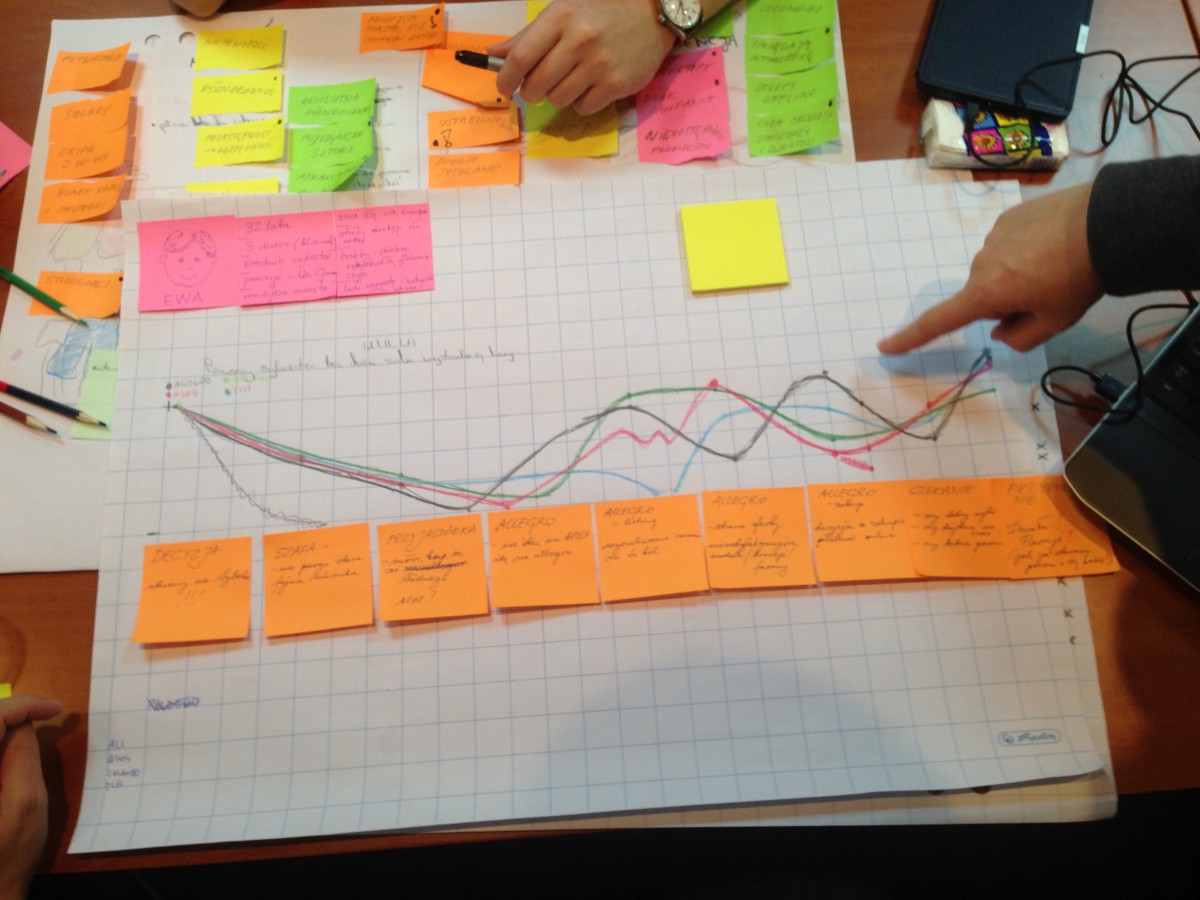Let me tell you a story along the lines of…Button, Button, Who’s Got The Button? Typical “how to” articles are dry laundry lists of tactical “do this/don’t do that” mechanics that do nothing to help you think about WHY you should do things differently. Today, I’m going to share a more strategic accessible design approach… Continue reading Accessibility of the Button: Should We Fix It or the Root Cause Problem?
Tag: Design Thinking
The art of unlearning
How letting go of the familiar can help product designers become more creative. The pursuit of knowledge — challenging the old & embracing the new (‘School of Athens’ by Raphael) Kids are more imaginative than adults. Not only is this pretty commonly observed, but it’s scientifically proven too. In 1968, George Land conducted a longitudinal study where he… Continue reading The art of unlearning
Figma next steps, is Design Thinking overhyped, the UX of Stable Diffusion
Weekly curated resources for designers — thinkers and makers. “It’s 2022. Figma has completely taken over the Product Design world over the last four years. It’s rare to see a company gain such rapid adoption across an entire industry so quickly. With that kind of growth comes a lot of problems. The product accrues debt in different areas (both… Continue reading Figma next steps, is Design Thinking overhyped, the UX of Stable Diffusion
Combining Agile, Lean, and Design Thinking — a layered approach
[unable to retrieve full-text content] A novel way to harness all three that works to combine their strengths in a concurrent and intertwined fashion. Continue reading on UX Collective »
The role of the UX designer in an Agile product team
[unable to retrieve full-text content] 2020 was a hard year. It drove home something I’ve always known but had been taking for granted: good UX Design relies on an environment, process and team that support good UX Design. If the environment, process and team aren’t quite in place, I would argue that it’s the job… Continue reading The role of the UX designer in an Agile product team
Putting personal mastery back into Design Thinking
[unable to retrieve full-text content] In my previous article, How do we bridge the chasm between Design Thinking and Design Doing?, I looked at where and how design thinking skills and expertise should be located inside an organisation for maximum impact. In this article I would like to go beyond the how and into the… Continue reading Putting personal mastery back into Design Thinking
The Zone of Infinite Creative Possibilities
Ideation is the third component in our Design Thinking process, as seen in the Hasso-Plattner Institute of Design’s proposal which we’ve discussed in our previous articles: Image source: Interaction Design Foundation How Did We Arrive at the Ideate Stage? During the Empathize stage: you approach the user and gather data needed to define the challenge… Continue reading The Zone of Infinite Creative Possibilities
Understanding the Messy “Define” Stage
In our previous articles, we’ve discussed the basics of design thinking and immersive empathy. In this post, we’ll dive a little deeper into what we refer to as the “define” stage in that process. Warning: it’s messy! So let’s first remind ourselves where it sits in the Hasso-Plattner Institute of Design’s proposal: Image source: Interaction Design… Continue reading Understanding the Messy “Define” Stage
How does design strategy work within a large enterprise?
Courtesy Dilbert Last October, I visited my alma mater, the School of Visual Arts Masters in Branding program, which teaches graduate students about the intersections of business & design. Whenever I visit, there’s always students that have questions about what I do, both as an IBM’er and a Design Strategist. Most recently, I was asked… Continue reading How does design strategy work within a large enterprise?
From Human-centered design to design for enhancing human ability
The role of design is consequently evolving. From initially being a domain of communication with a predominant aesthetic focus design has taken a key role in the creation of products and has become a human advocacy. Design has moved into the C-Suite with the appointment of Chief Design Officers (CDO) while Design Thinking shifted the… Continue reading From Human-centered design to design for enhancing human ability
Getting traction for experience design
Back in the eighties the job of design was to make things work reasonably. Technologies were in such a struggle to stay stable that any extra quality seemed unnecessary. In those times your computer would crash five times a day. So, worrying about beauty or engagement seemed like a somewhat unnecessary luxury. Fast-forwarding to 2007.… Continue reading Getting traction for experience design
Popular design news of the week: October 24, 2016 – October 30, 2016
Every week users submit a lot of interesting stuff on our sister site Webdesigner News, highlighting great content from around the web that can be of interest to web designers. The best way to keep track of all the great stories and news being posted is simply to check out the Webdesigner News site, however,… Continue reading Popular design news of the week: October 24, 2016 – October 30, 2016
